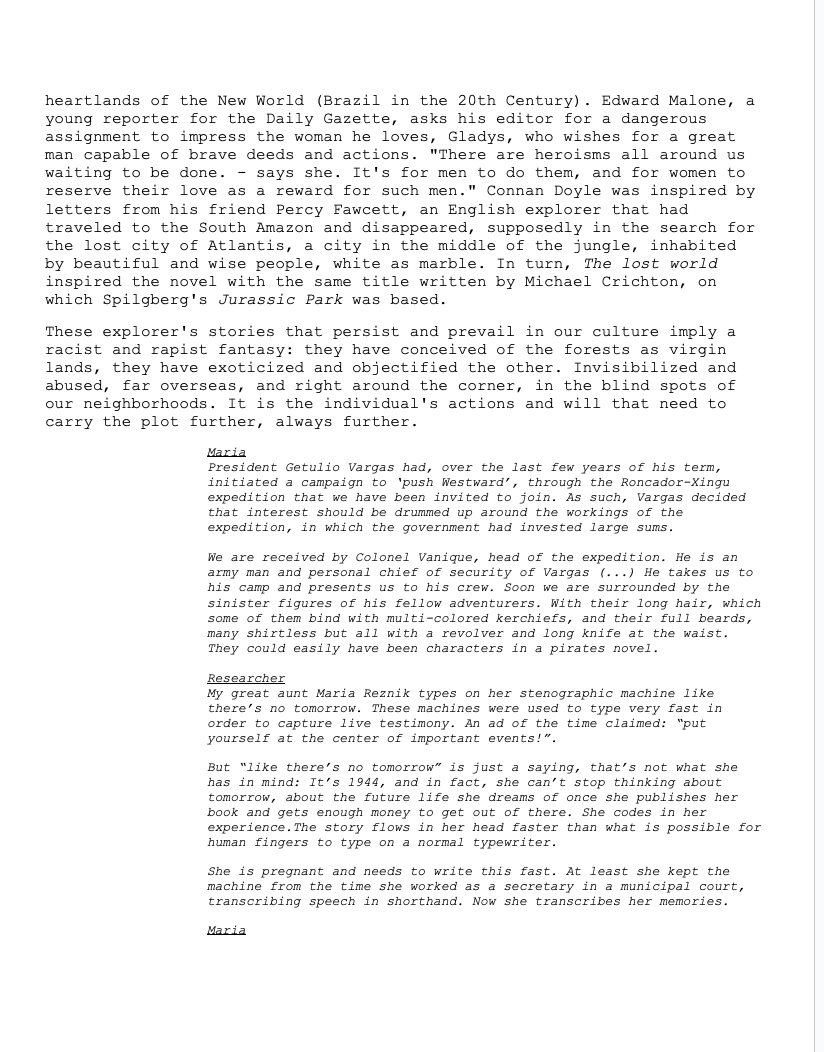NEW WORLDERS
An experimental sci-fi story about the past and future of rubber where history and fantasy mingle. A young researcher retraces the steps of her (my) aunt Maria Reznik, who in 1943 became one of the first white women to explore the South Amazon by joining expedition Roncador-Xingu
RESEARCH METHOD
My starting point for this project was a strong insight: as an artist, I am not so different from explorers from the past and the future. Adventurous and curious people, privileged enough to get the finances in place in order to travel and do their work. We must have a taste for the unknown and an aversion for routine. We do a kind of work that is speculative and seen as something vague and superfluous by a part of society. Half of the time we don’t know what we are doing, alone in front of the path we set for ourselves, thinking “well, nobody is going to rescue me now”.
On methodology.
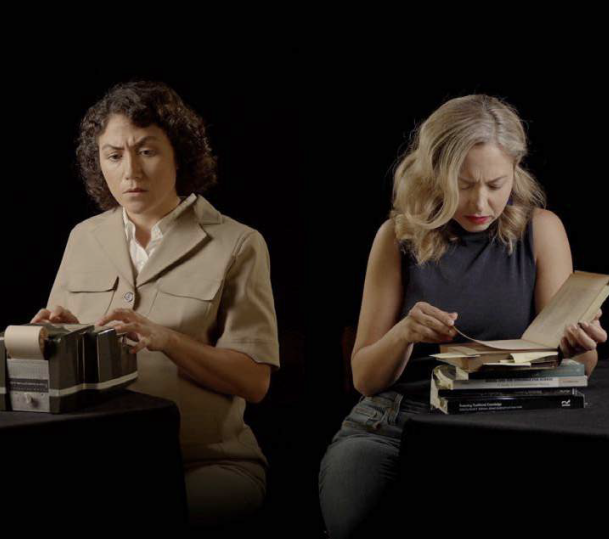
1/6
TEXTS AND SOURCES
P. Shanley, F.C. DA Silva and T. Macdonald
Eduardo Viveiros de Castro
Hanoch Ben-Pazi
Donna J. Haraway
Gloria Wekker
Ursula K. Le Guin
Sushma Subramanian
Ail ́en Vega, James Angus Fraser,, Maurício Torres, Rosamaria Loures
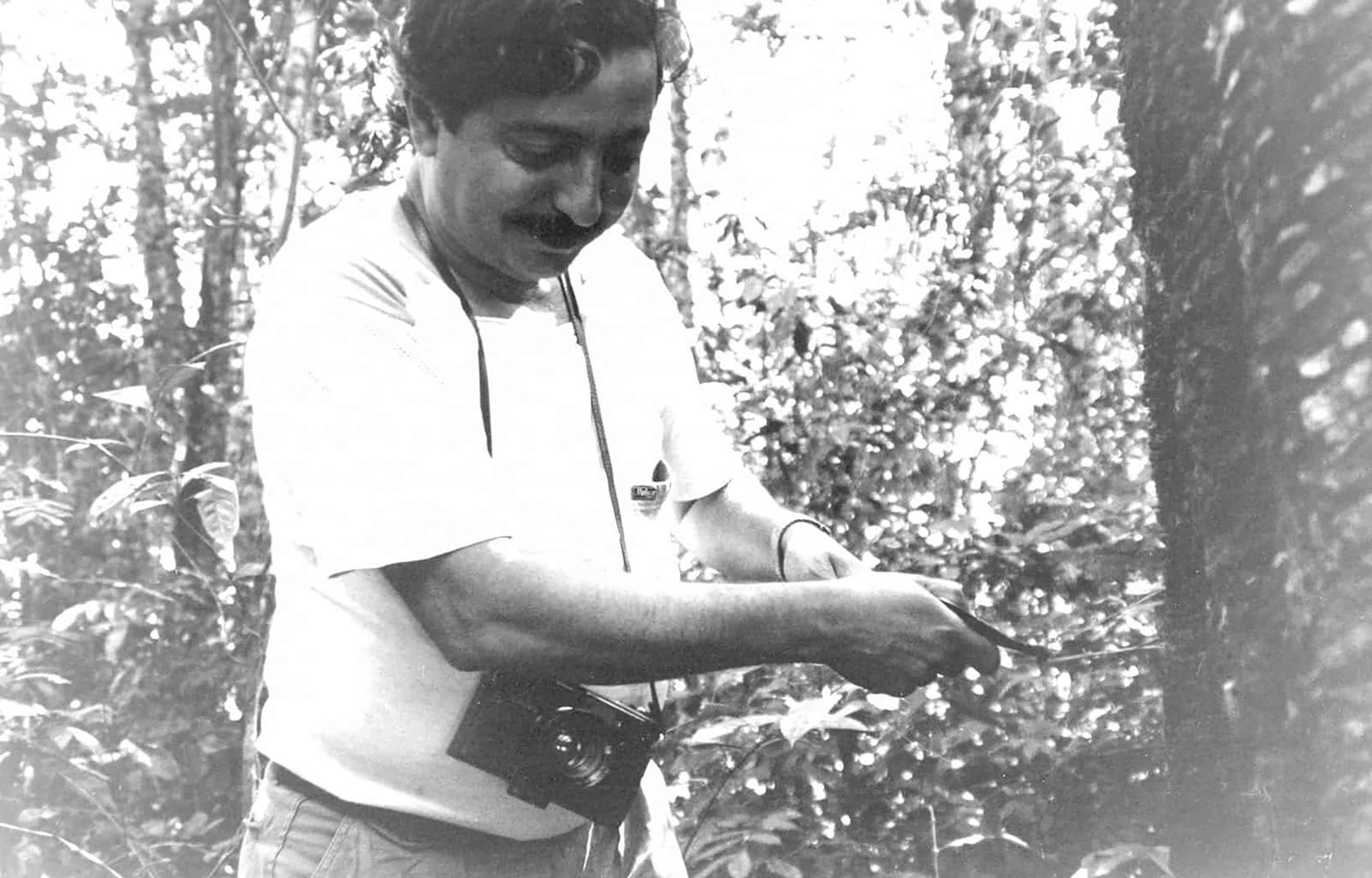
Chico Mendes at rubber tree

fawcett
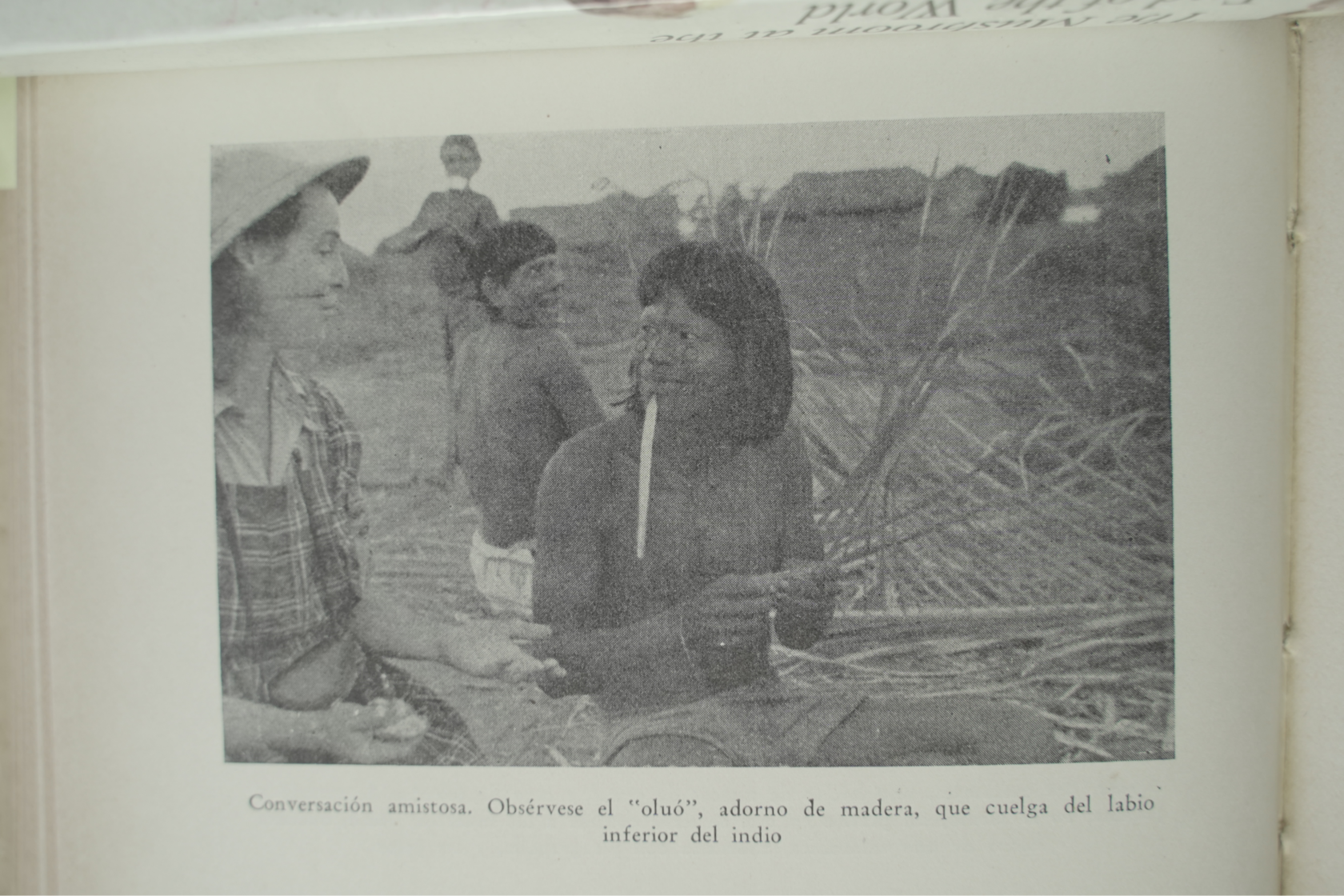
maria and natives

maria painting
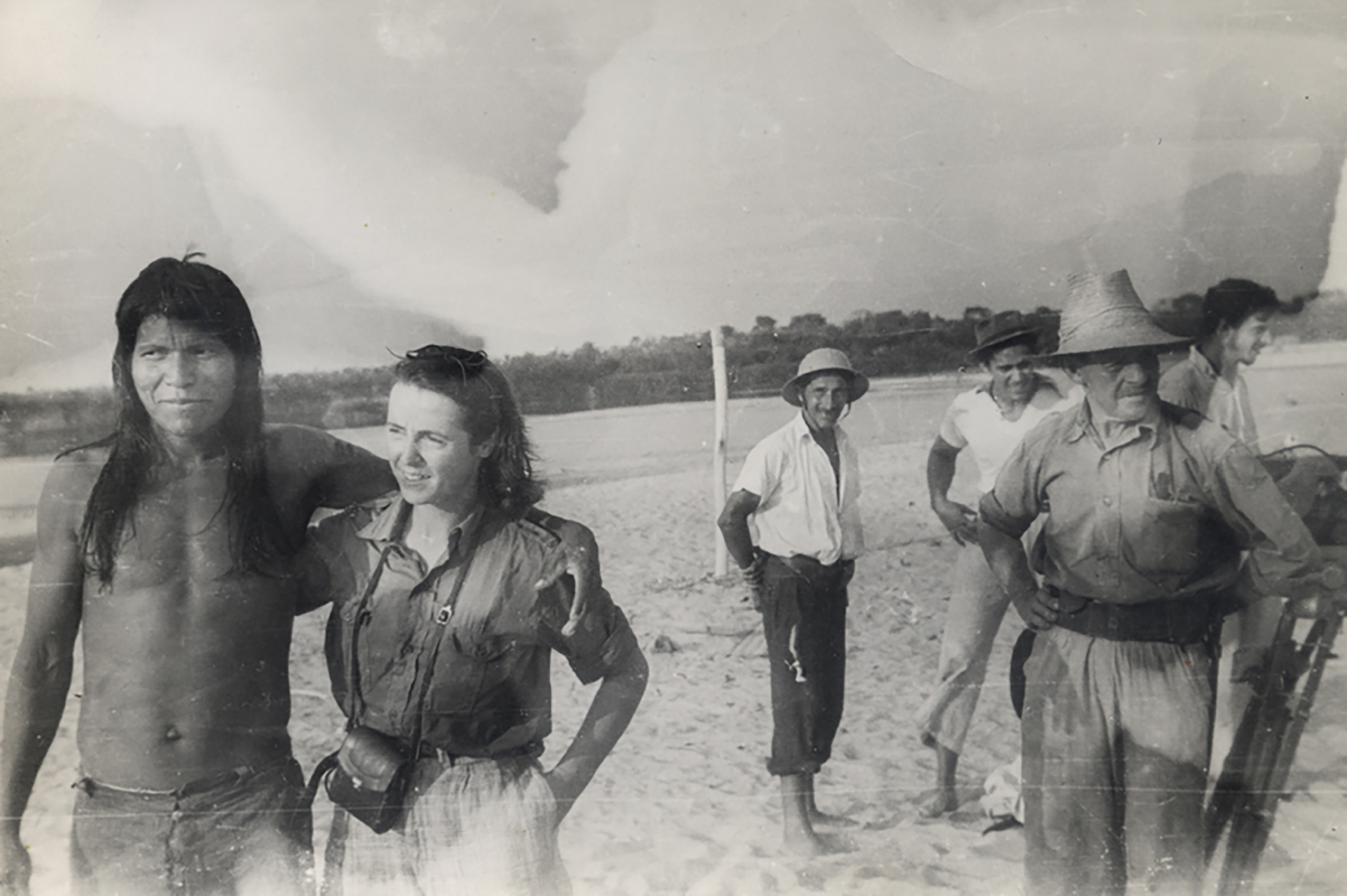
mary and friend

Fungus Microcyclus Ulei

Tibor Sekelj with President Getulio Vargas and Colonel Vanique
Chapter 1 Departures
Travel and travelers are two things I loathe—and yet, here I am, all set to tell the story of my expeditions (…) So much would have to be said that has no possible interest: insipid details, incidents of no significance. Anthropology is a profession in which adventure plays no part; merely one of its bondages, it represents no more than a dead weight of weeks or months wasted en route; hours spent in idleness when one’s informant has given one the slip; hunger, exhaustion, illness as like as not; and those thousand and one routine duties which eat up most of our days to no purpose and reduce our ‘perilous existence’ in the virgin forest to a simulacrum of military service . . . That the object of our studies should be attainable only by continual struggle and vain expenditures does not mean that we should set any store by what we should rather consider as the negative aspect of our profession. The truths that we travel so far to seek are of value only when we have scraped them clean of all this fungus.
Claude Lévi Strauss - Tristes Tropiques, 1955.
Travel and travelers are two things I loathe—and yet, here I am, all set to tell the story of my expeditions (…) So much would have to be said that has no possible interest: insipid details, incidents of no significance. Anthropology is a profession in which adventure plays no part; merely one of its bondages, it represents no more than a dead weight of weeks or months wasted en route; hours spent in idleness when one’s informant has given one the slip; hunger, exhaustion, illness as like as not; and those thousand and one routine duties which eat up most of our days to no purpose and reduce our ‘perilous existence’ in the virgin forest to a simulacrum of military service . . . That the object of our studies should be attainable only by continual struggle and vain expenditures does not mean that we should set any store by what we should rather consider as the negative aspect of our profession. The truths that we travel so far to seek are of value only when we have scraped them clean of all this fungus.
Claude Lévi Strauss - Tristes Tropiques, 1955.
Practically, this work started as a mental journey through books and the internet, because at the time I got funding to start, it was the middle of the pandemic and actual travel was not an option. Instead of going to my desired destination immediately, I entertained myself with other traveler’s narrations, as well as all sorts of history, science books and papers. This delay offered me an interesting angle that I decided to embrace: I would first focus on what I came to call “white myths”, the western gaze on my subject matter. Adventurer’s literature, which used to compete as a source of information with Levi Strauss writings, and that upset him so much. My aunt’s book was one of those books. I decided that there was valuable information there: much of the underlying ideas in those books, albeit not scientific, are not outdated at all and continue to operate in our society. Namely the notion of the jungle as a place with no culture, available natural resources to be exploited indefinitely. Insisting on the disastrous consequences that that line of thought led to in the past seemed like a good angle to examine our present.
I like to think of my work as expeditions. I feel the need to go very far to learn something new. However, unlike Lévi Strauss, I cherish the dead weeks on route, no matter how painful and stress-inducing, because it’s in those times that unexpected things happen. Although experiencing hunger might change my mind, for now I value the process because it’s the way I have learned to let things simmer in me, pass the test of time, and become truly intimate with them. I would not be able to tell a story if it weren’t for those dead weeks.

mary get your gun
This project in particular started from the story of my great aunt, who was one of the first non-indigenous women to explore the South Amazon in 1943. At this time the second cycle of rubber was taking place there. There is a book that was handed to me by my family narrating her adventures. There is no mention there of the rubber boom, or the workers or their struggles under a regime of debt slavery that continued until one good day around 1970 they started to unionize and conceptualize an amazing program called 'eco-socialism', with echoes up until today in Brazil, to which the rest of the world should pay attention. I decided to delve into this. I found out about the history of rubber and how it is nowadays such an indispensable material for the global capitalist world we live in (plane tires are made of natural rubber, as are high endurance truck tires, isolation thingies in all imaginable electric machines, not to mention condoms). There is no global commerce without rubber. Yet, its existence is at risk due to an unruly fungus that attacks rubber tree plantations. I read everything that there was to read about this fungus, I talked to a couple of scientists and I came to one conclusion: everyone is focused on getting rid of the fungus, nobody wants to think about death, we are obsessed as a culture about eternal growth. And nobody is stating what I consider the obvious: that the fungus is actually an agent of balance for the forest, since it doesn’t damage rubber trees in the wild. And that perhaps the end of the world as we know it is not such a bad thing after all. Perhaps a less intensive and more distributed mode of production could emerge. I suspect this fungus can teach us something about life and death, about processes of regeneration.
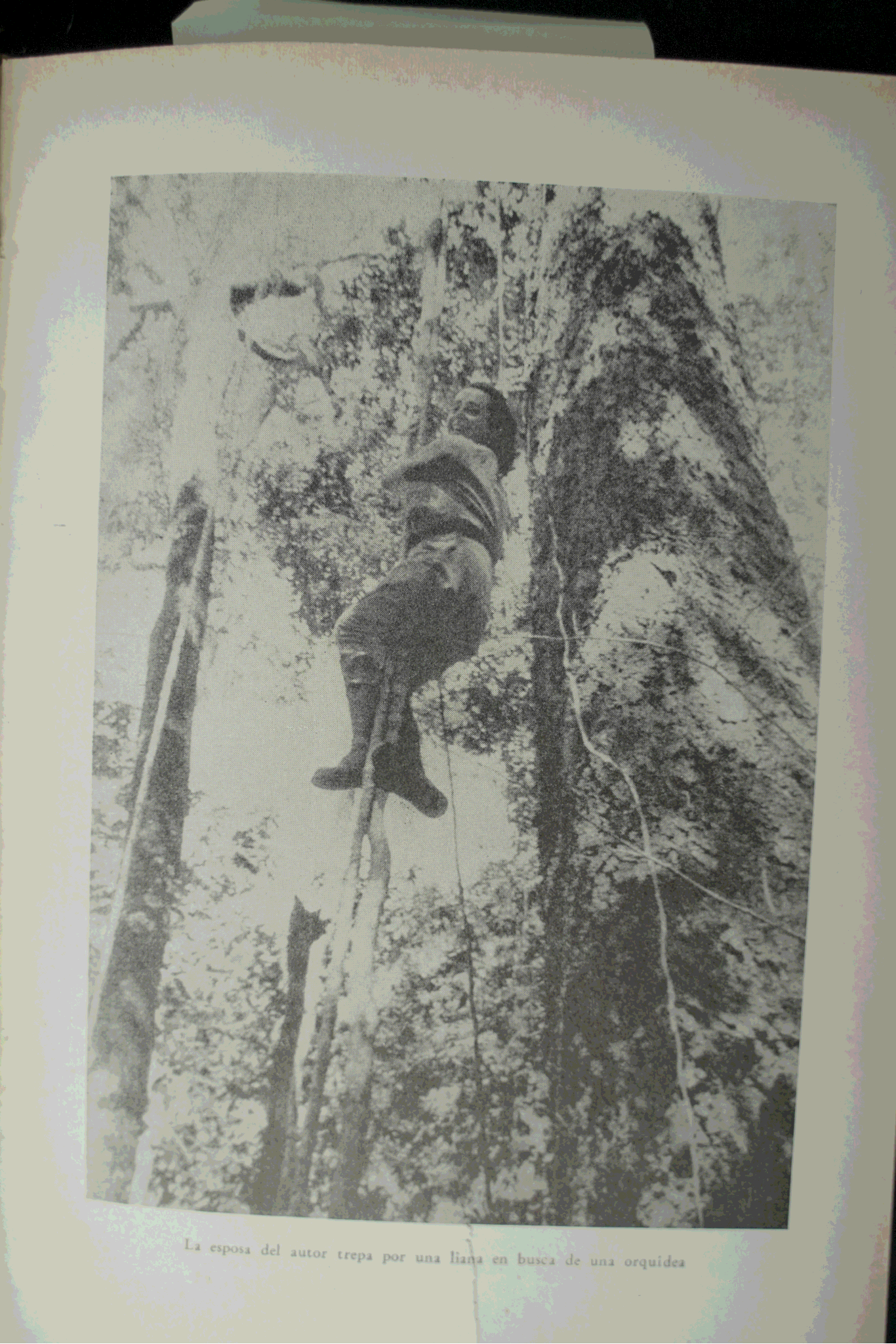
mary hanging from a vine
I am also interested in researching effective, situated, current resistance to that. And to find out about that, reading books was not enough. I had to go there.
How not to repeat the explorer’s gesture? How to avoid being part of a colonialist process? I do not have an answer to this. I had to take the risk and try my best to do it in the most respectful way possible, according to my limited judgment. But I do not fool myself: I am, like the explorer, going where I am not invited, to extract images and stories from a faraway place where few people go. I am not so different. Nobody is innocent and this is why this speculative fiction concerns us all.
In 2023 I had the chance to finally travel to the Brazilian Amazon to do field research. I am still reflecting on my experience there. Following three years of research and interviews with scientists and activists, this field trip to Brazil and actual encounters with locals and the environment has granted me an embodied entry point and a sensitivity to the story I continue to craft.
One of the many insights that this experience has granted me is that the seringueiros form a community of people that is enjoying a renaissance: despite environmental threats, since the 1980’s and through strong political activism, they have achieved legal protection from the State in the form of reserves and human rights. They are conscious of their difficult past and of their achievements. Their name used to be an insult, but now they take pride in it.
How not to repeat the explorer’s gesture? How to avoid being part of a colonialist process? I do not have an answer to this. I had to take the risk and try my best to do it in the most respectful way possible, according to my limited judgment. But I do not fool myself: I am, like the explorer, going where I am not invited, to extract images and stories from a faraway place where few people go. I am not so different. Nobody is innocent and this is why this speculative fiction concerns us all.
In 2023 I had the chance to finally travel to the Brazilian Amazon to do field research. I am still reflecting on my experience there. Following three years of research and interviews with scientists and activists, this field trip to Brazil and actual encounters with locals and the environment has granted me an embodied entry point and a sensitivity to the story I continue to craft.
One of the many insights that this experience has granted me is that the seringueiros form a community of people that is enjoying a renaissance: despite environmental threats, since the 1980’s and through strong political activism, they have achieved legal protection from the State in the form of reserves and human rights. They are conscious of their difficult past and of their achievements. Their name used to be an insult, but now they take pride in it.


tibor sekelj
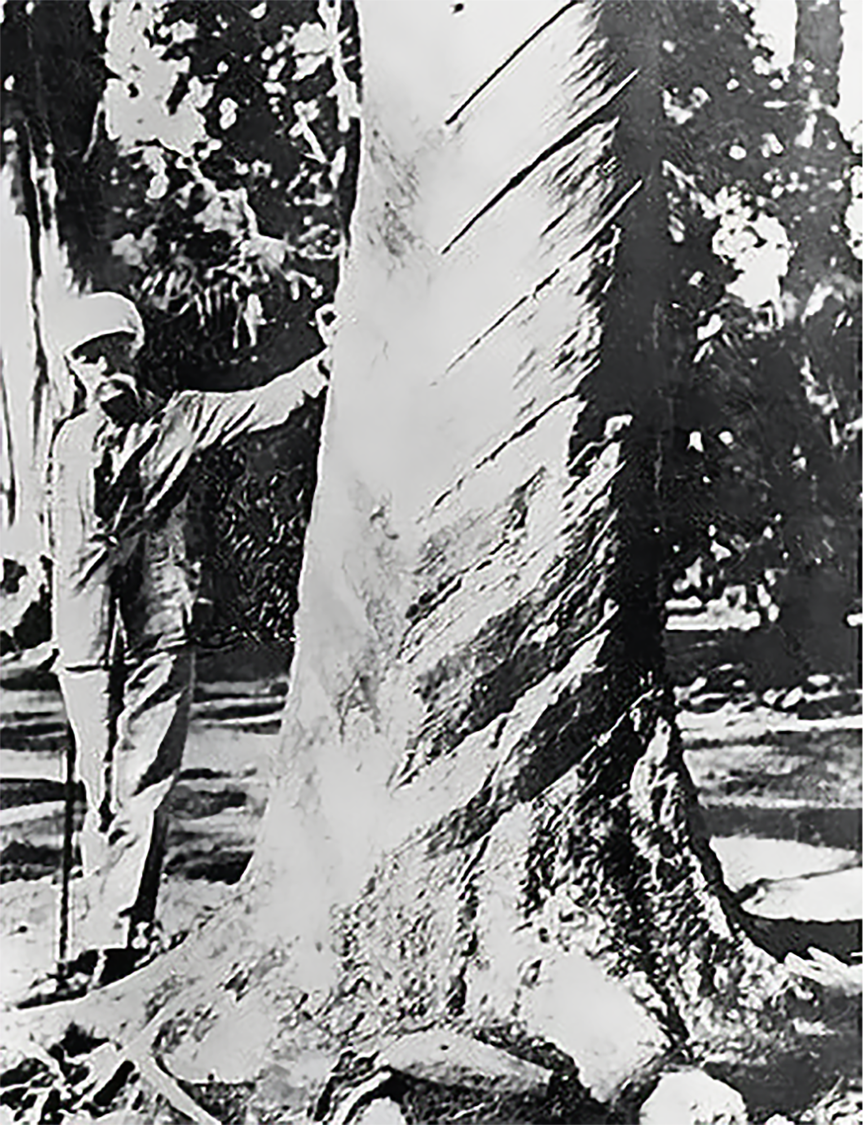
wickham
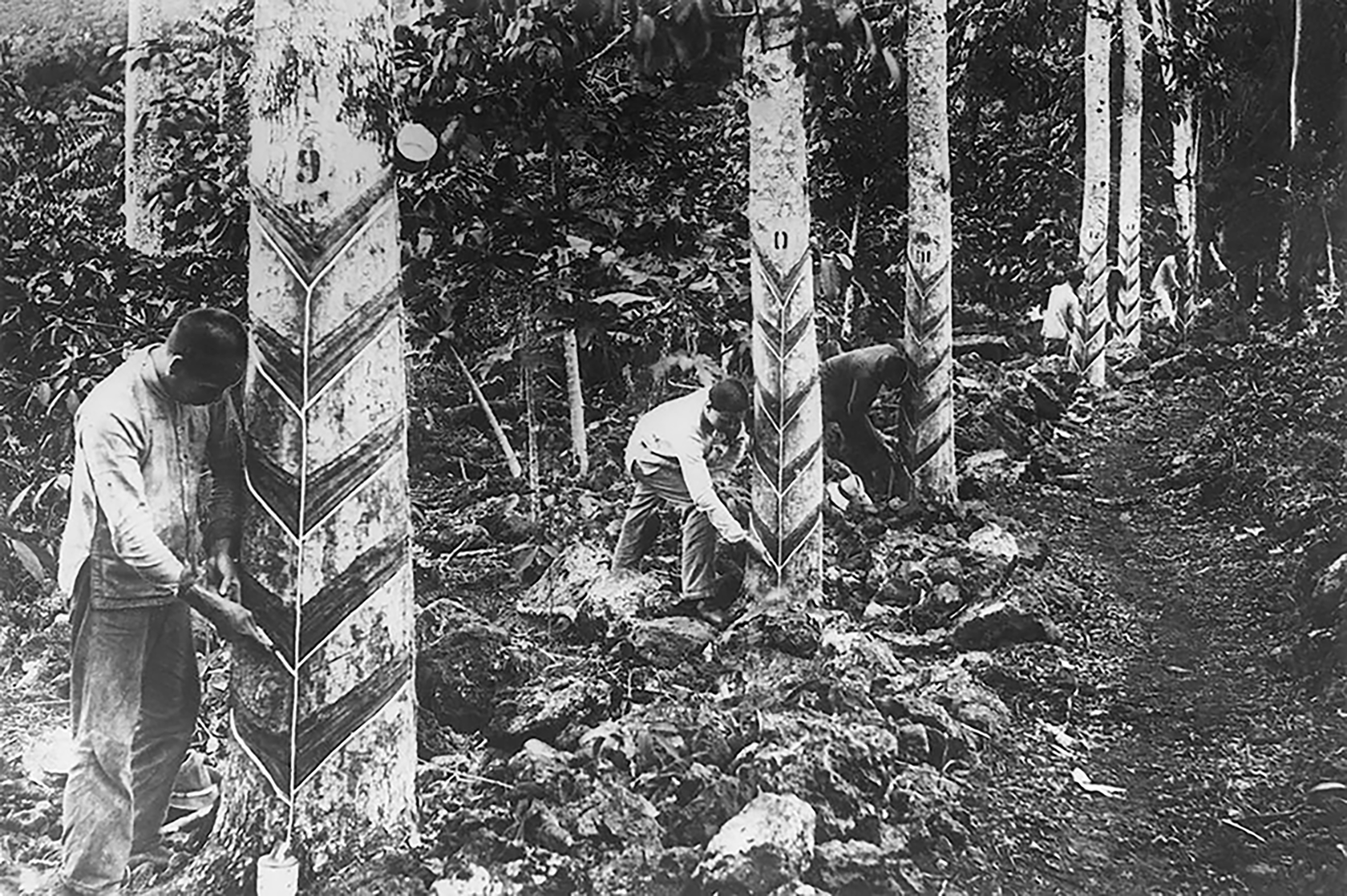
rubber tapping
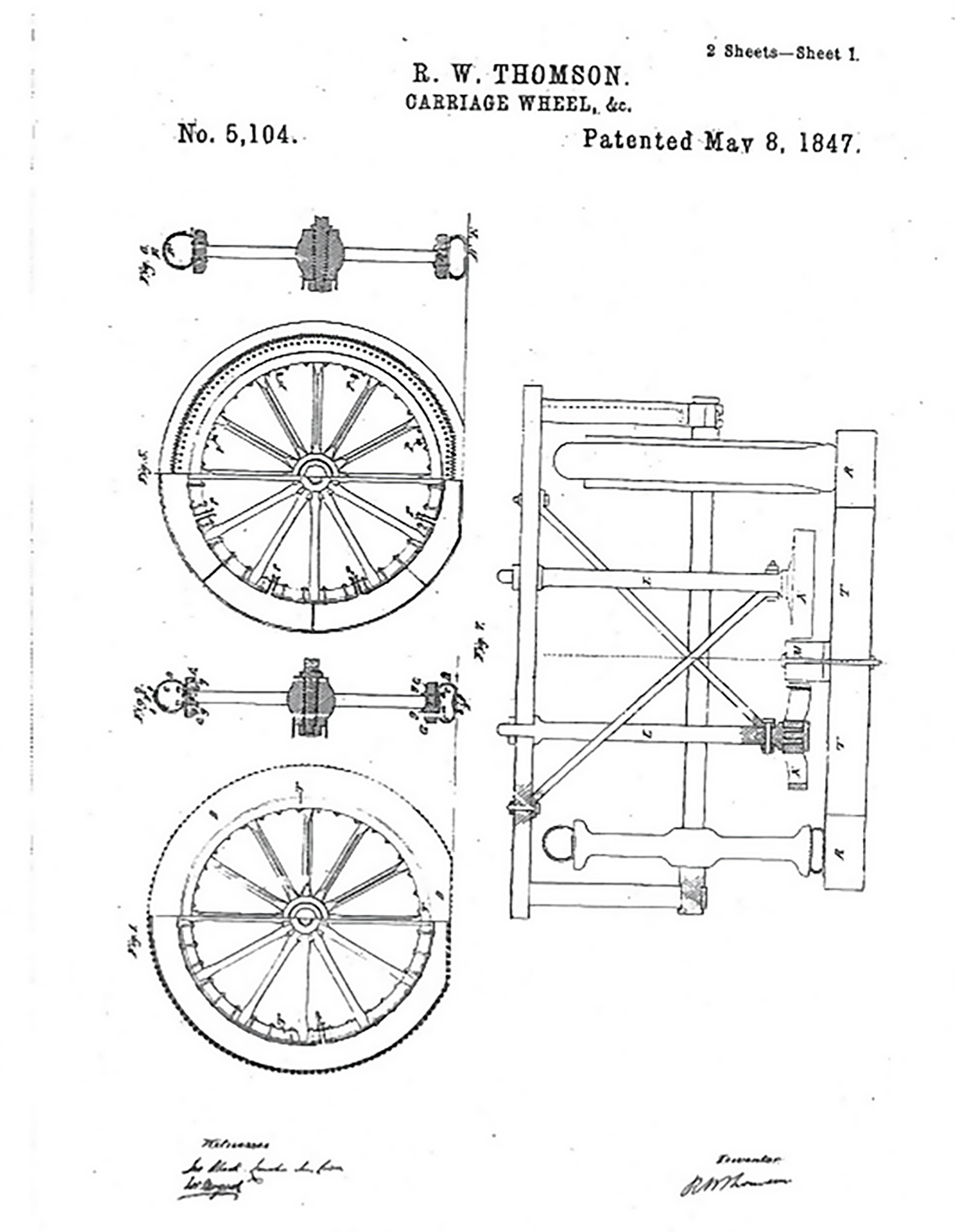
patent thompson

Dutch East India Company logo
THE MIND MAP

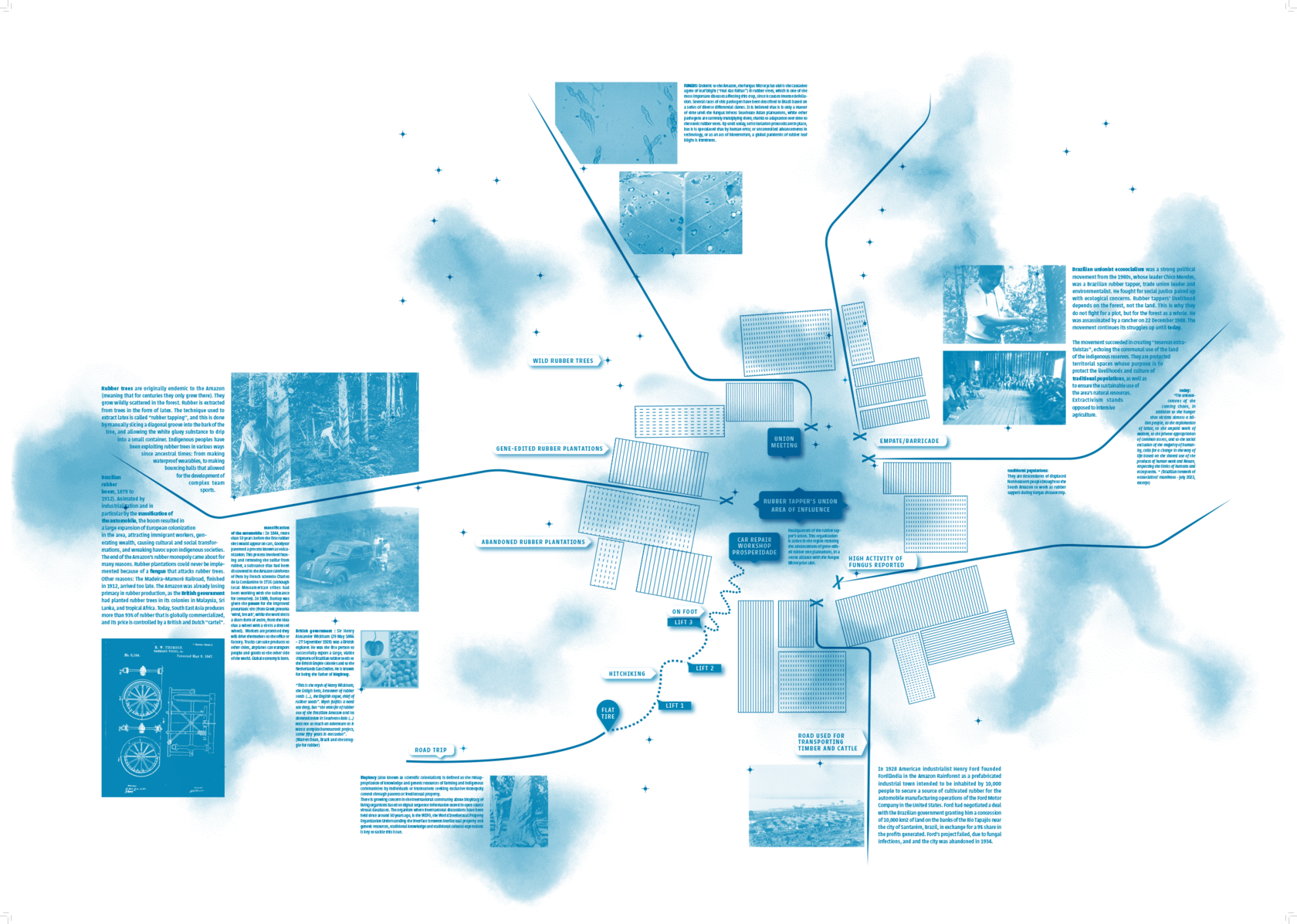
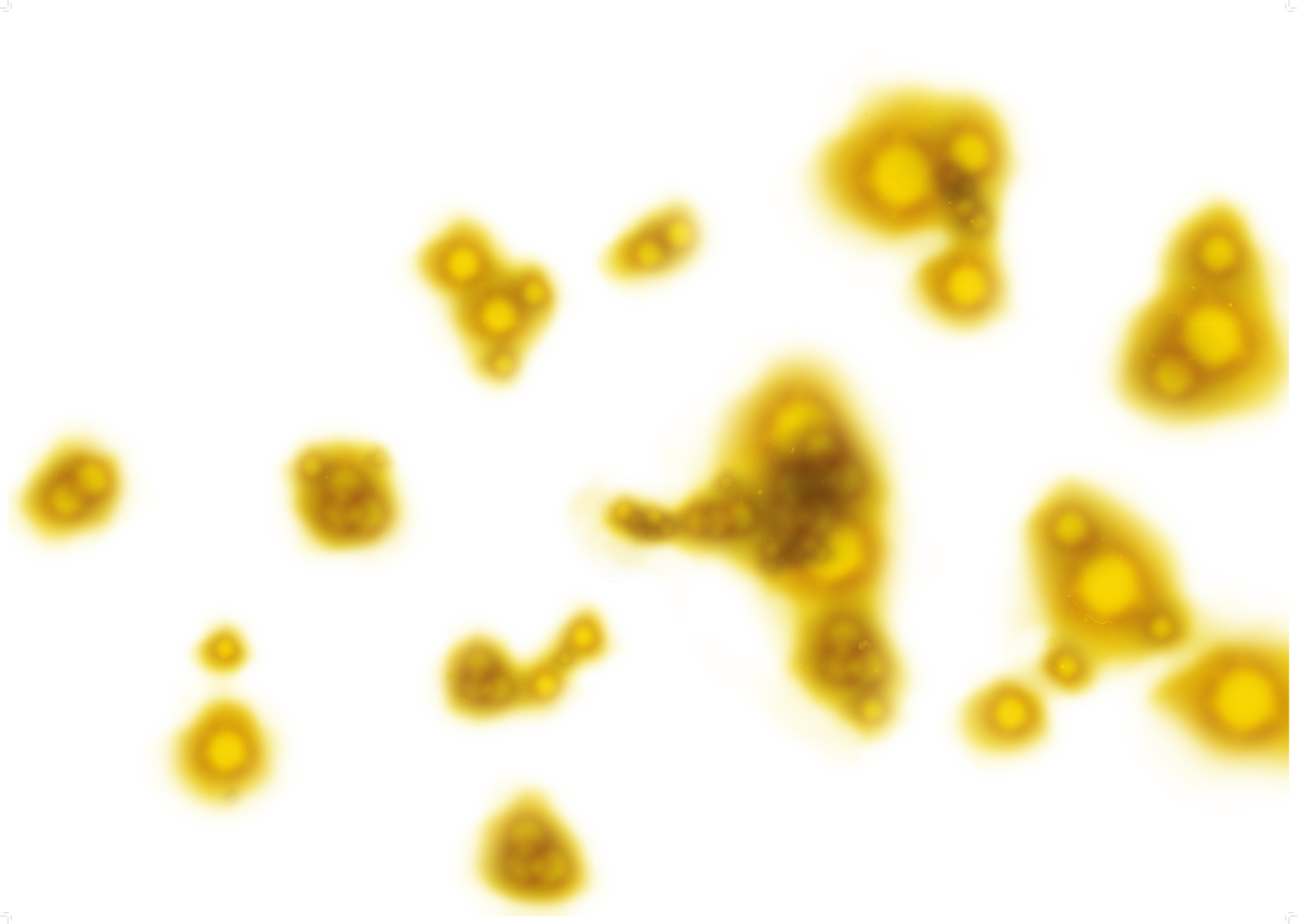
2/6
design: The Oddkin
Visual documentation from Research field trip to Brazil
4/6
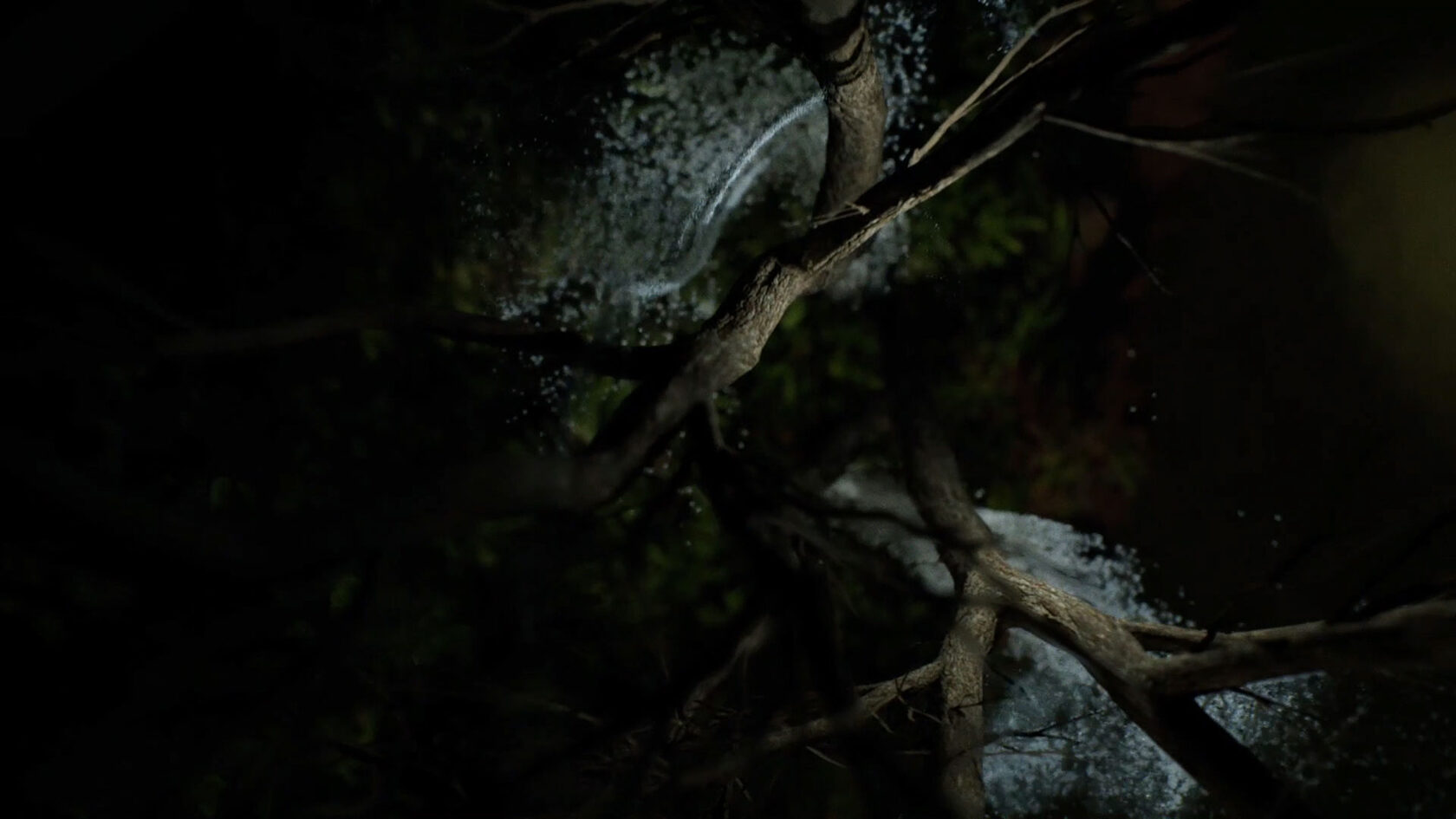
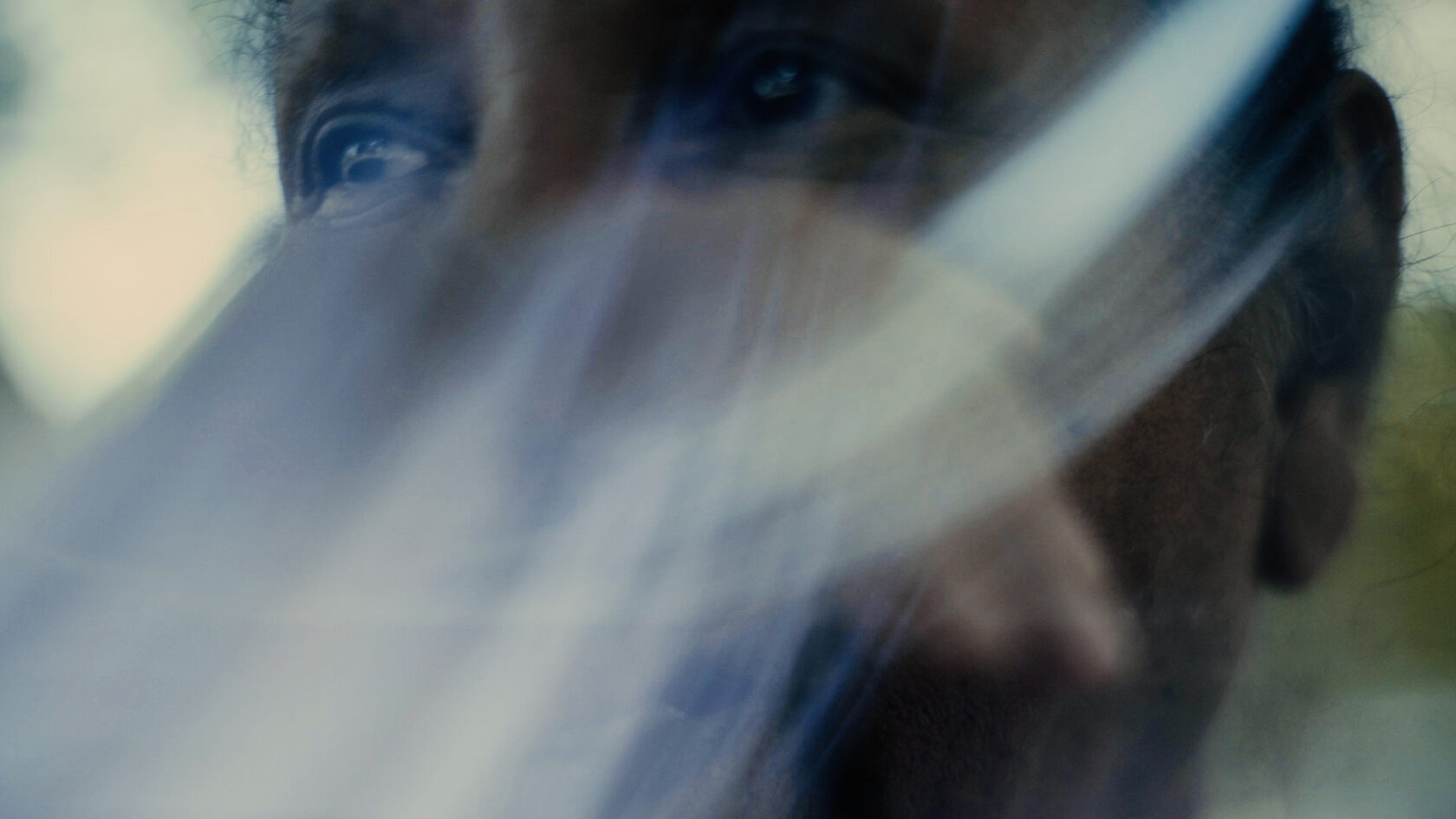



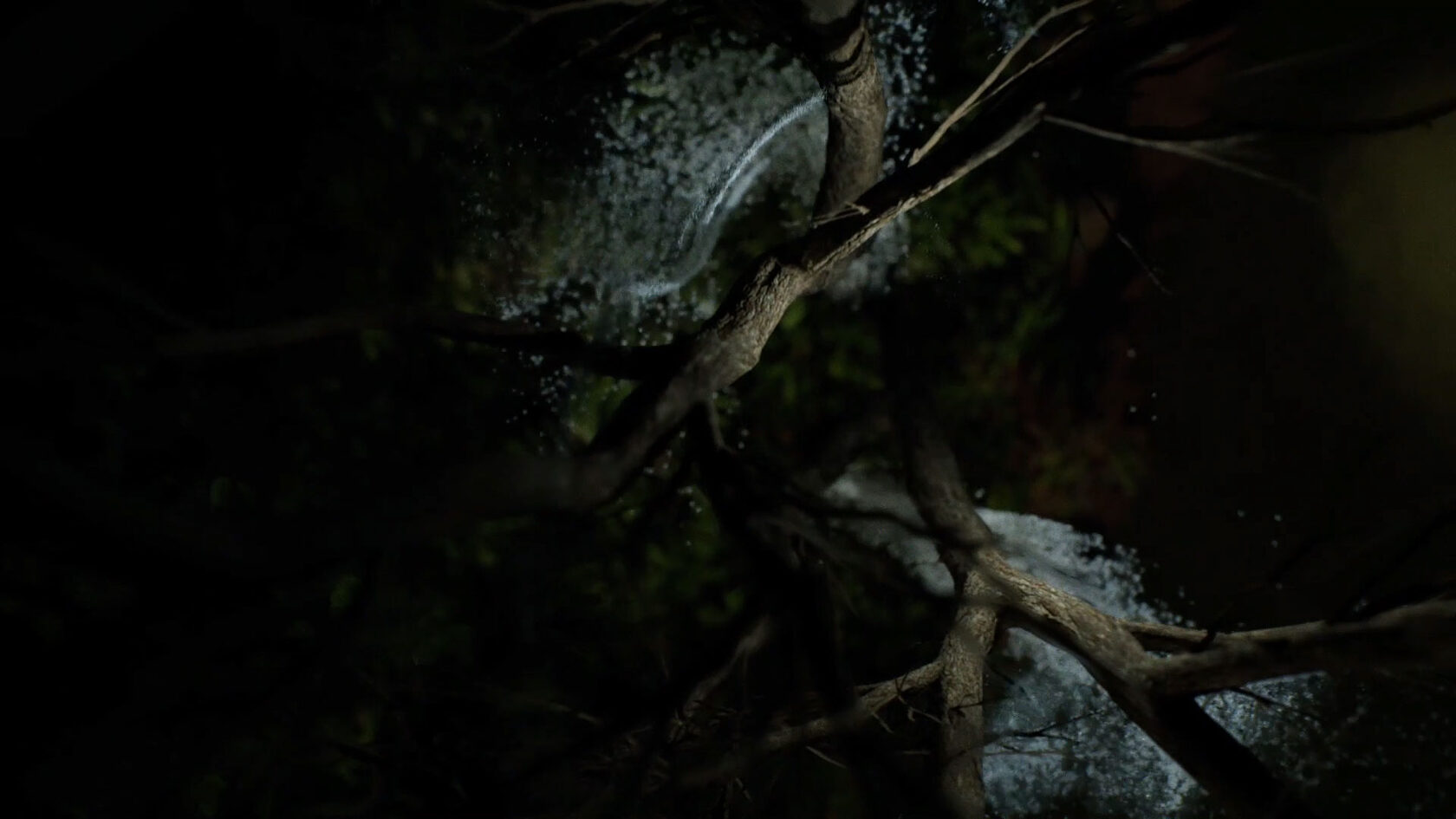
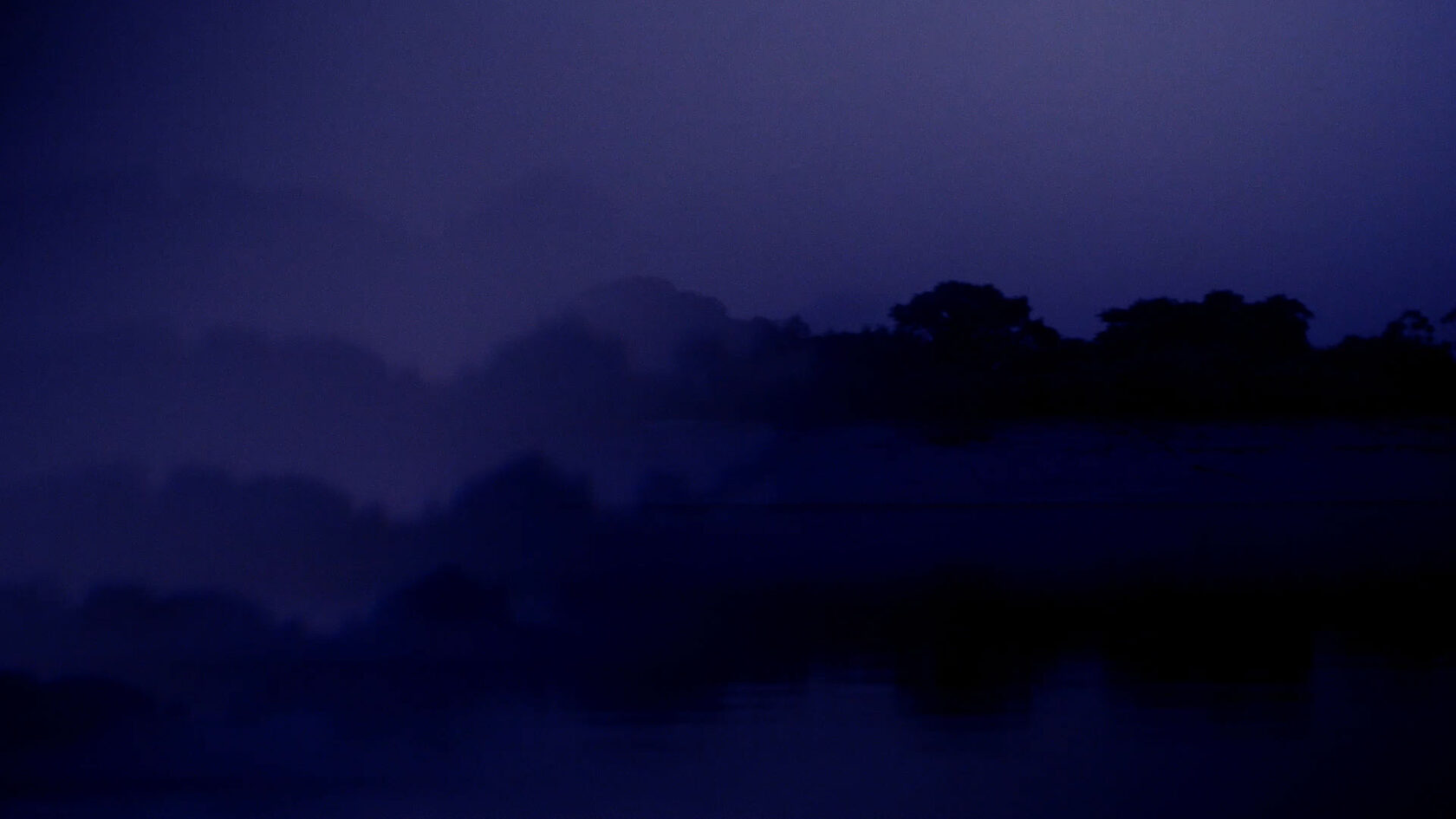
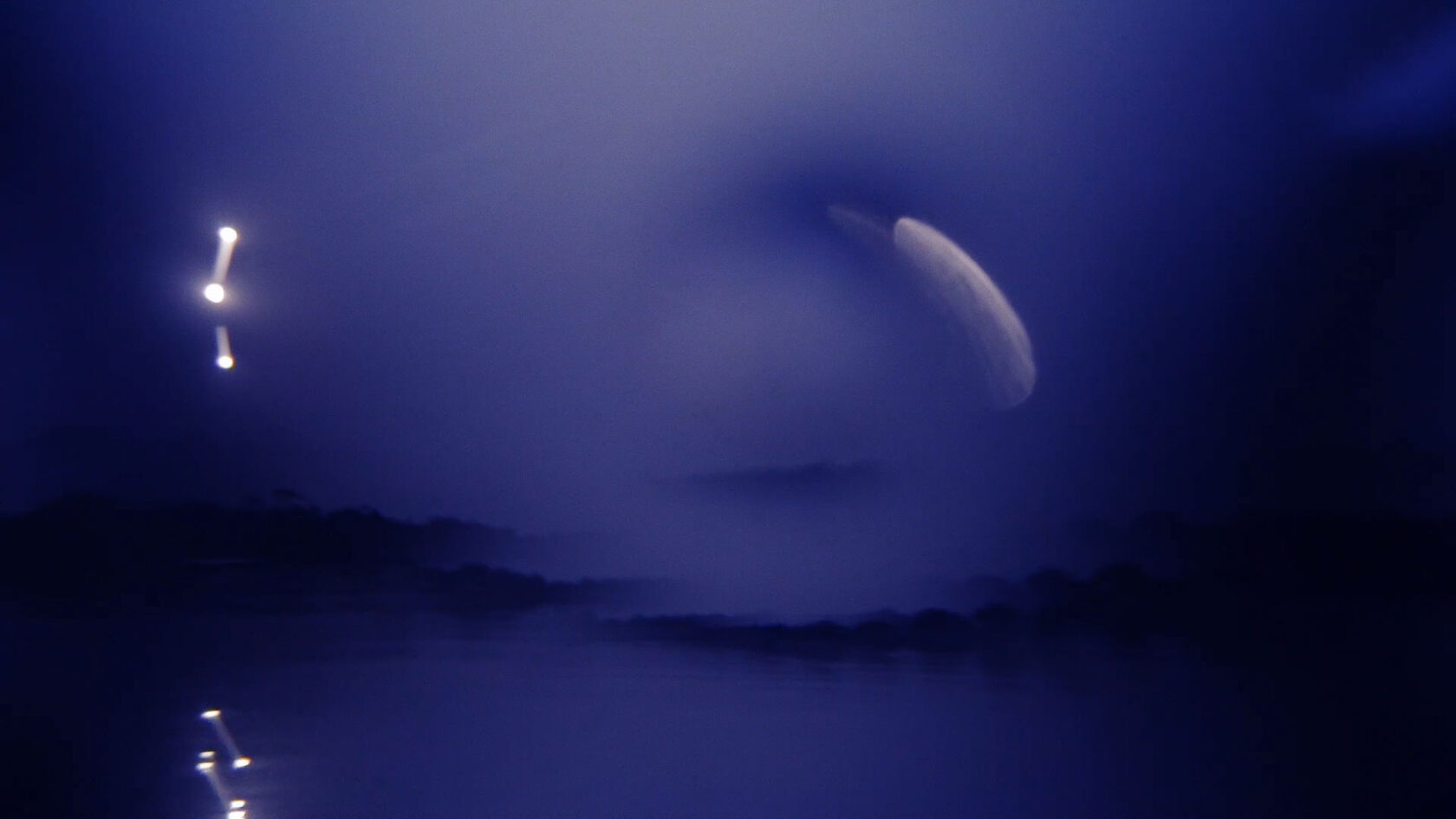

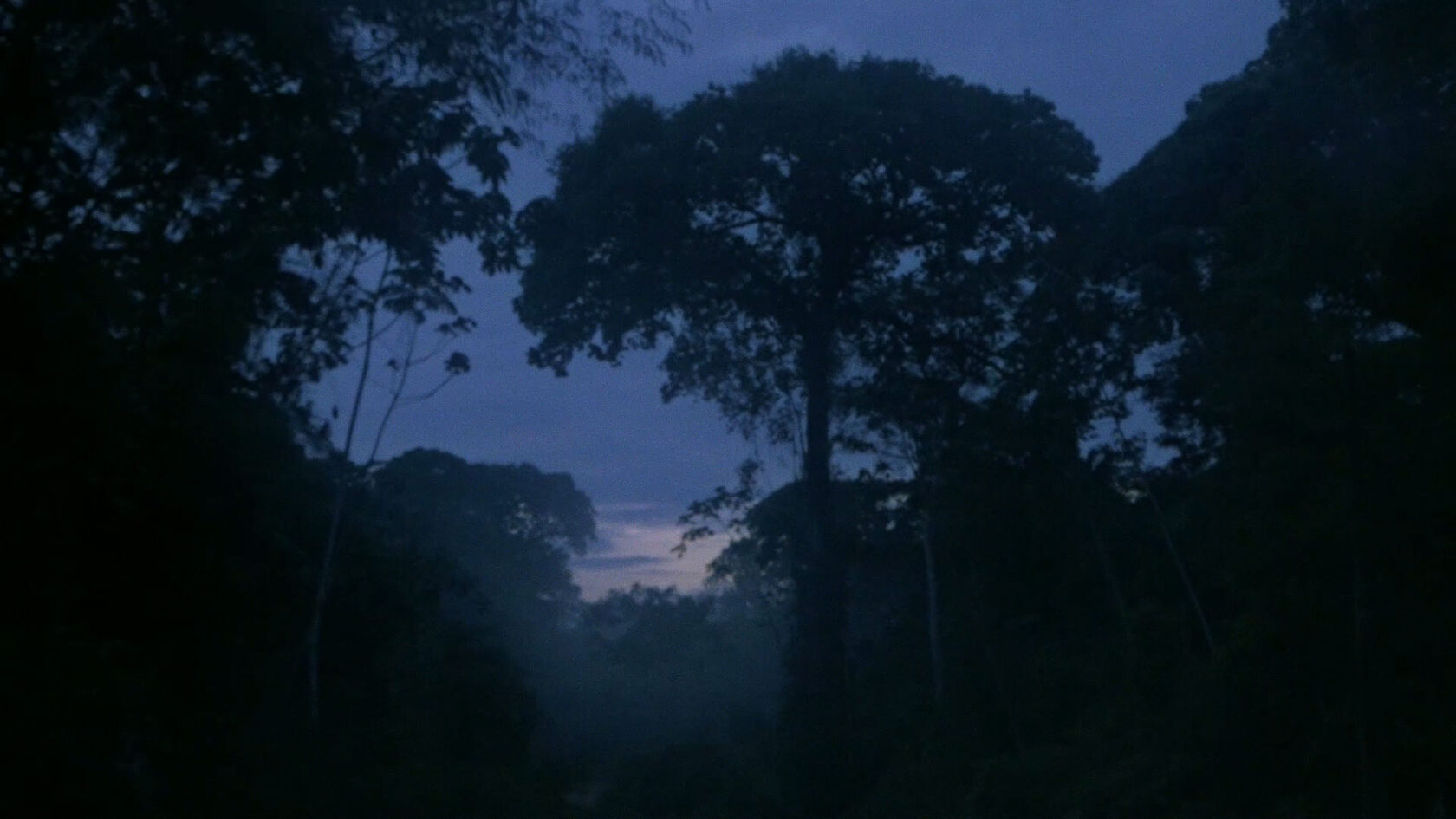



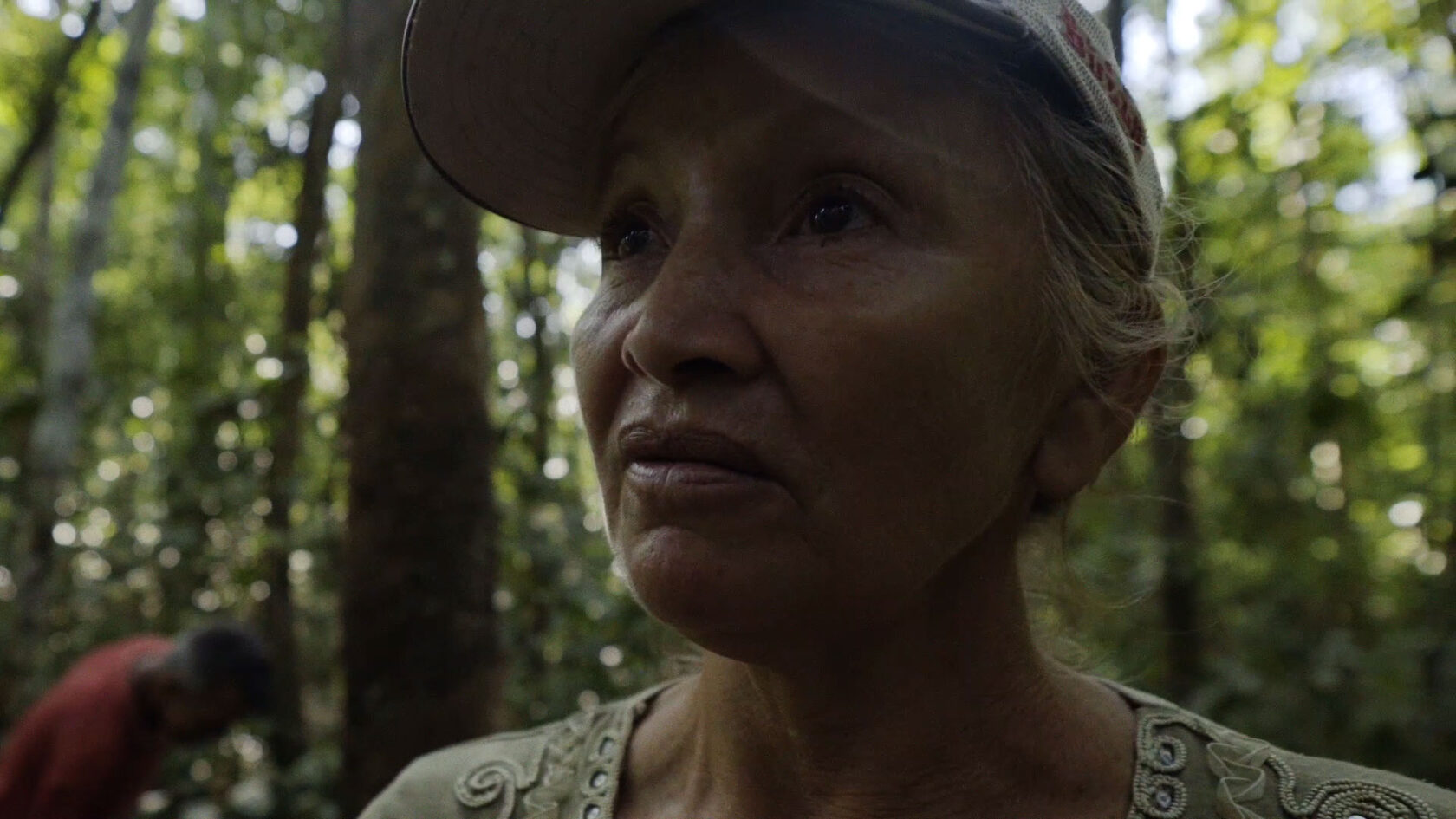
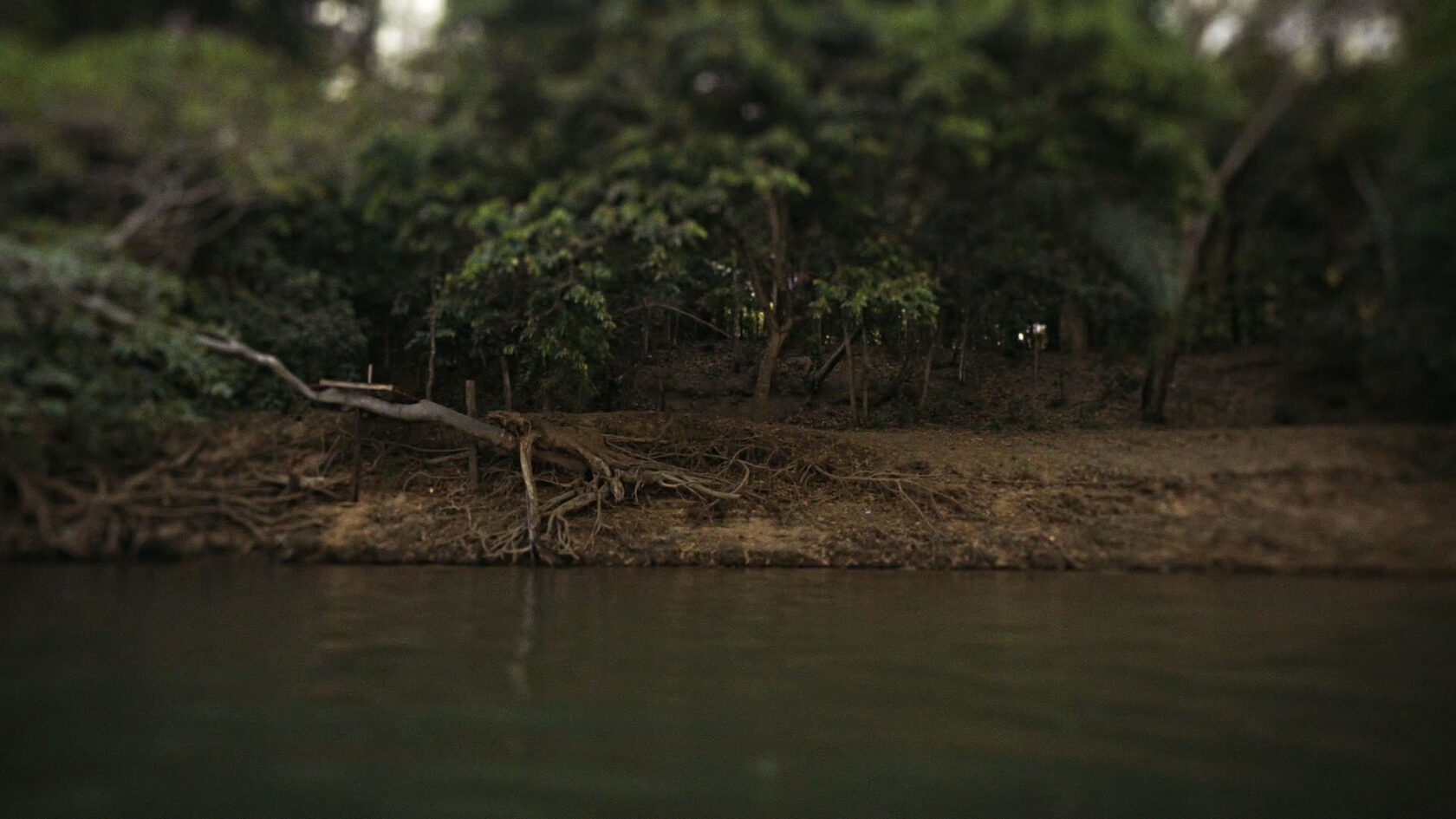
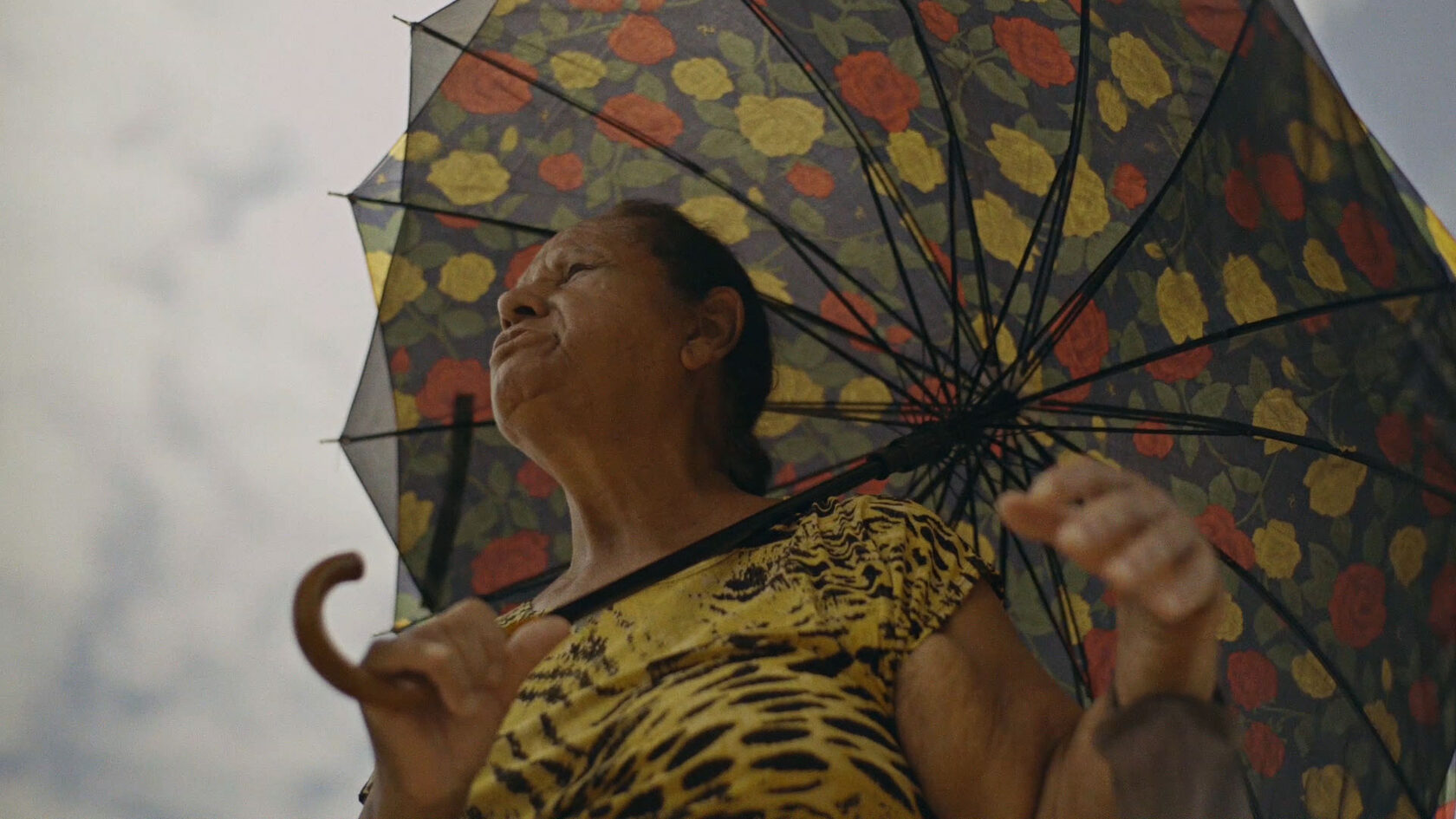
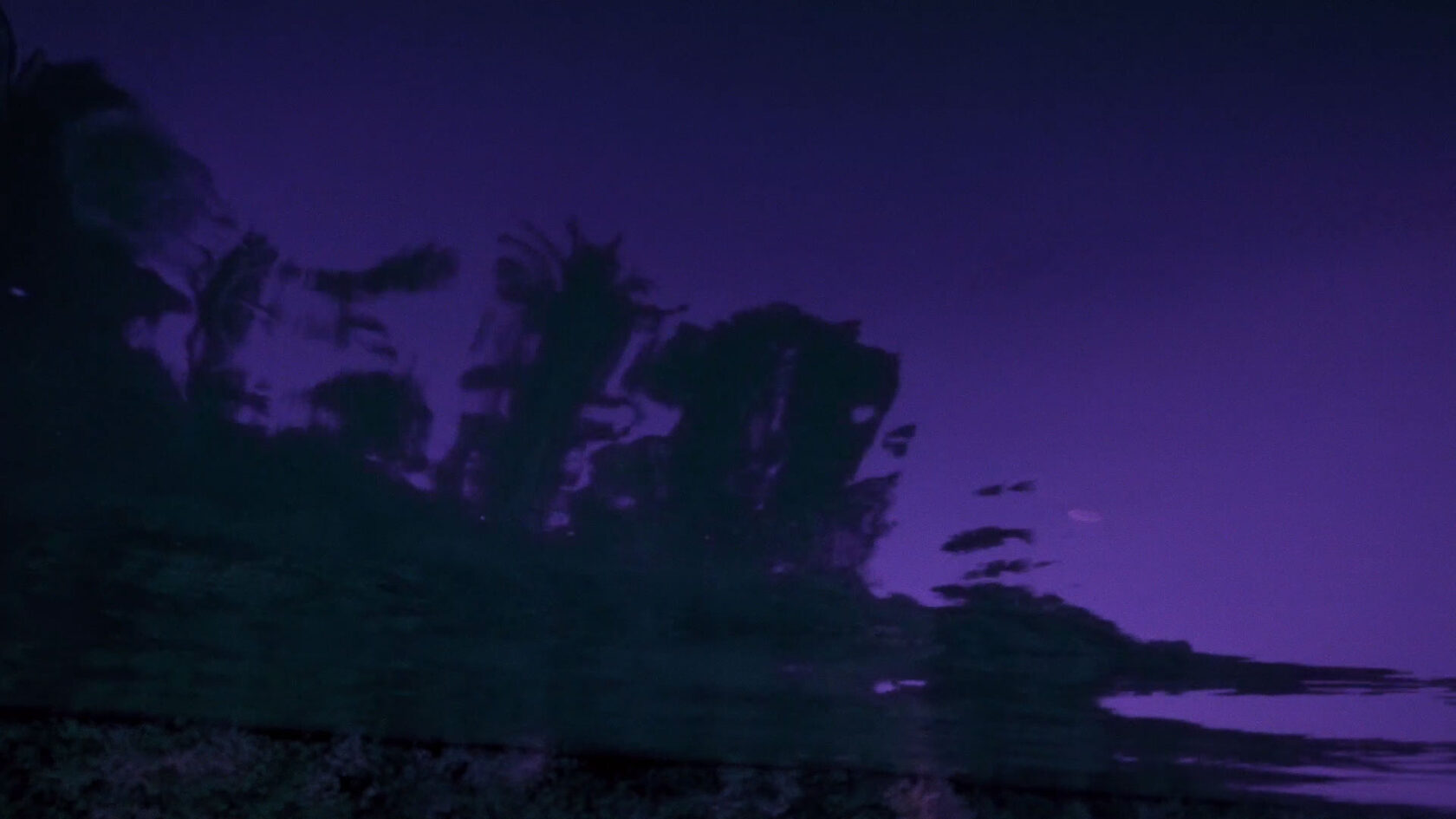
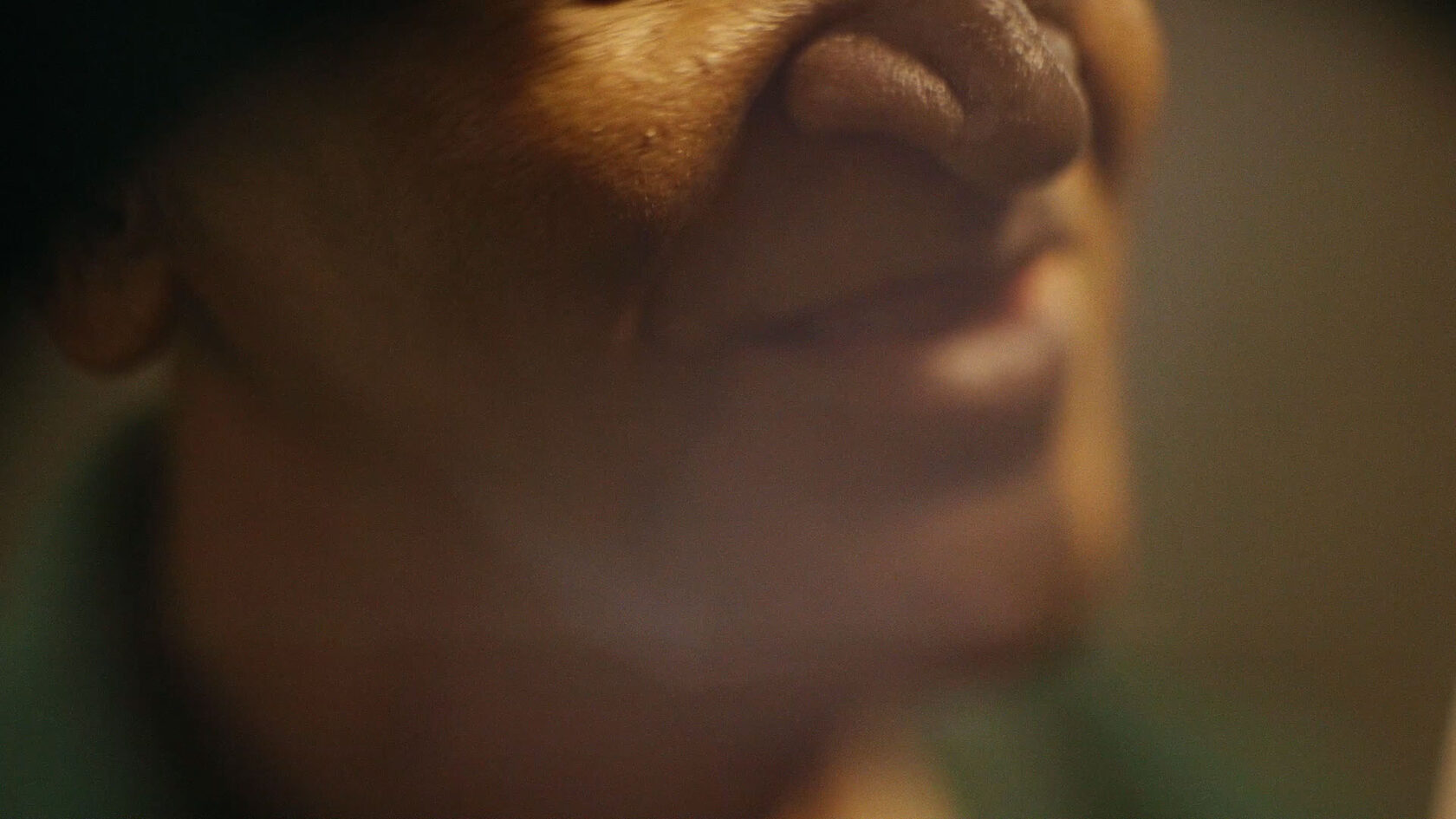

During a research trip in Brazil I revisited the places that my aunt Maria went to about 80 years ago. In this trip I immersed myself in an environment that often contrasted with her observations. I felt the Rio das Mortes and I talked with the people affected by its history. With the imagery I gathered, I created a short film titled With Rio Das Mortes. With it, I hope to make room for the voices of the local inhabitants of the places she visited, mapping out a new terrain; one voiced by the complex tapestry of all the interconnected living beings that intersect in this environment.
Through its dream-like narrative, the film plays with its themes - of nature and the supernatural, and of memory and identity - to explore a world that decenters the human. It challenges viewers to consider historical narratives, our own responsibility toward nature, and spirituality in the context of the Amazon’s troubled history. Here, there is no “as above, so below” but a messy, muddy atmosphere where unexpected relationships emerge."
Through its dream-like narrative, the film plays with its themes - of nature and the supernatural, and of memory and identity - to explore a world that decenters the human. It challenges viewers to consider historical narratives, our own responsibility toward nature, and spirituality in the context of the Amazon’s troubled history. Here, there is no “as above, so below” but a messy, muddy atmosphere where unexpected relationships emerge."
Short film - Docu Fiction Hybrid - 18:40mins - 2024
6/6
Rubber tyres, stenographic machine, archival
photography, graphic plexiglass print, rubber
objects, 2-channel video, HD, 31’42’’, video 2 min
(loop). 2023
photography, graphic plexiglass print, rubber
objects, 2-channel video, HD, 31’42’’, video 2 min
(loop). 2023
installation images

